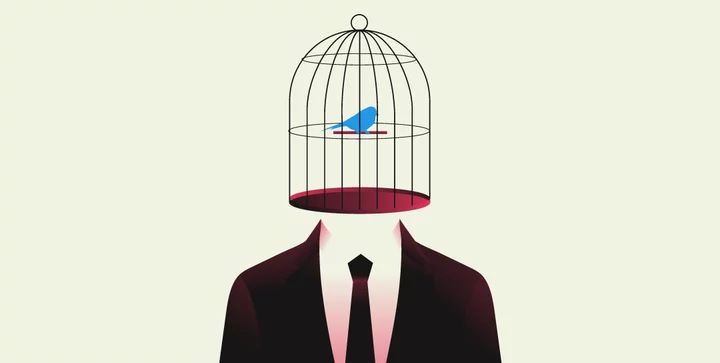Twitter today introduced a novel and surprising feature for a social network: mandatory rationing.
Owner and Chairman Elon Musk tweeted around 1 p.m. ET that Twitter would rate-limit viewing, even among users paying $8 or $11 a month for Twitter Blue, "to address extreme levels of data scraping & system manipulation." Initially, Twitter applied the following "temporary" limits:
Verified accounts are limited to reading 6,000 posts/day
Unverified accounts to 600 posts/day
New unverified accounts to 300/day
After tweeting, possibly in jest, that he’d hit that limit himself ("Rate limited due to reading all the posts about rate limits"), Musk followed up 1.45 hours later to say that those caps would be raised: 8,000 for verified, 800 for unverified, and 400 for new unverified.
With no live count of how many tweets you’ve seen, you won’t know you’re near that threshold until you cross it and get stopped by a “Rate limit exceeded” error.
Sometime on Friday, Twitter also blocked logged-out viewing of tweets on the web. That would make it impossible for people to see tweets from users who have blocked them unless they borrow somebody else’s account or create another one. It does not, however, seem to have broken tweet embeds on other sites.
Musk did not tweet out that restriction but instead discussed it in replies to other Twitter users.
For example, after Epic Games CEO Tim Sweeney complained that this move, on top of other walled-garden moves by other sites, left the internet feeling “increasingly broken,” Musk responded Friday that, “Several hundred organizations (maybe more) were scraping Twitter data extremely aggressively, to the point where it was affecting the real user experience.”
None of these replies seem to have named these organizations, although Musk has implied that generative-AI developers are scraping Twitter to feed their large language models.
CEO Linda Yaccarino, whom Musk had hired to run the company after stepping back from the chief-executive role in early June, had yet to tweet about this as of mid-afternoon Saturday.
This is just the latest in a series of surprises, many unpleasant, at Twitter since Elon Musk bought it in October for $44 billion ($13 billion of it borrowed). The platform had to stop and redo the launch of paid verification for Twitter Blue subscribers, sent the vast majority of its workforce packing in mass firings, ended enforcement of many misinformation rules, invited back many of the worst violators of those rules, had name-brand advertisers flee in response, yanked verification badges from users who had been granted them under the old regime, restored some of those badges to high-profile users who had not asked for the favor, threatened to charge public agencies fees for using its service for automated alerts before walking that back, seen privacy features briefly break without explanation, and suffered multiple outages that included one Saturday morning.
Earlier on Friday, Musk bragged that “This platform hit another all-time high in user-seconds last week.” Outside researchers, however, have found declining usage since his takeover, while news publishers have also reported getting much less traffic from Twitter.
Multiple alternatives to Twitter have emerged or are nearing launch—the federated social network Mastodon, the Twitter-esque decentralized service Bluesky backed by former Twitter CEO Jack Dorsey, and an upcoming app based on Meta’s Instagram that will reportedly be called Threads. But they have yet to persuade many of Twitter’s most visible users to take their banter and their business elsewhere.

